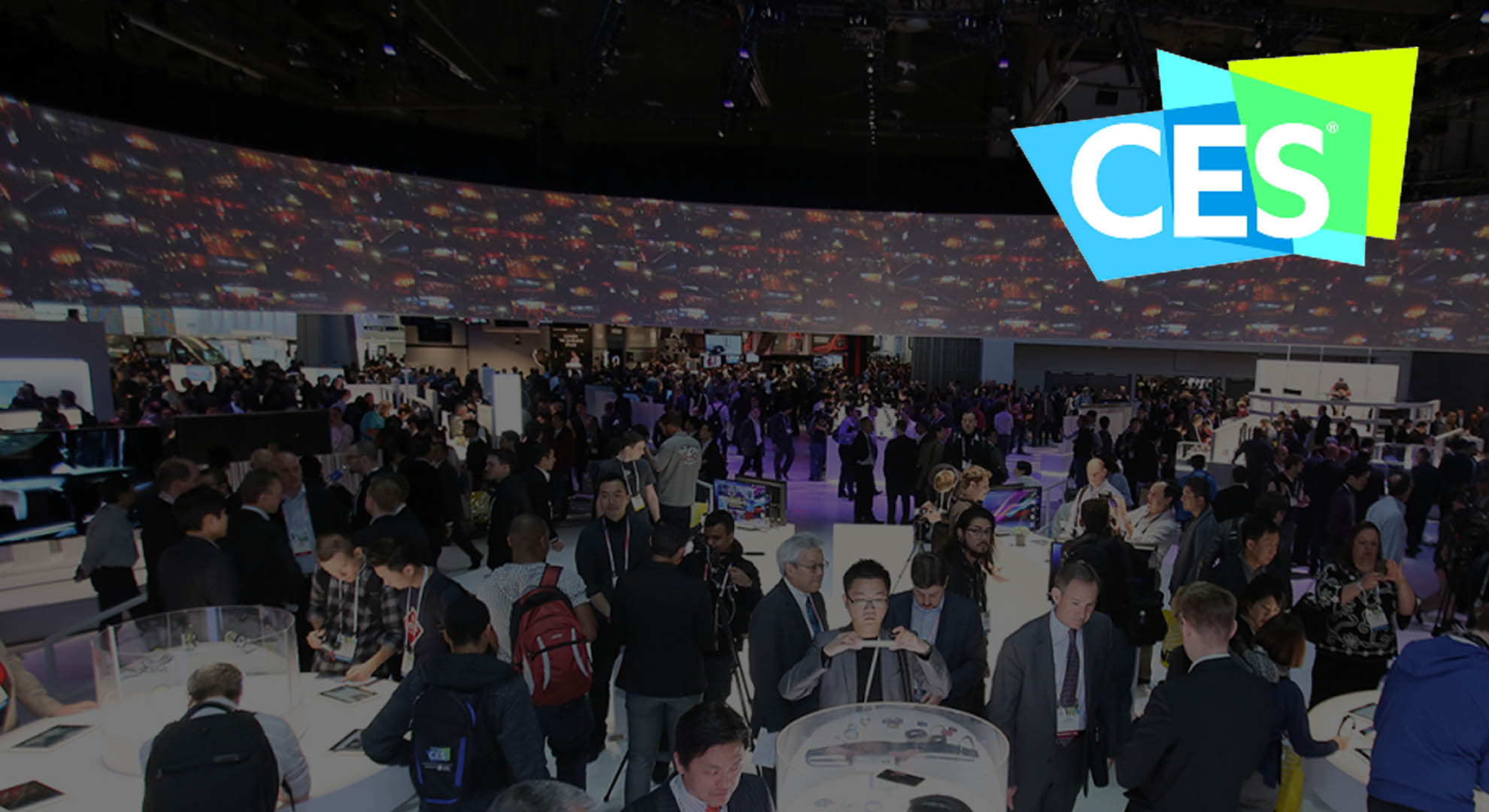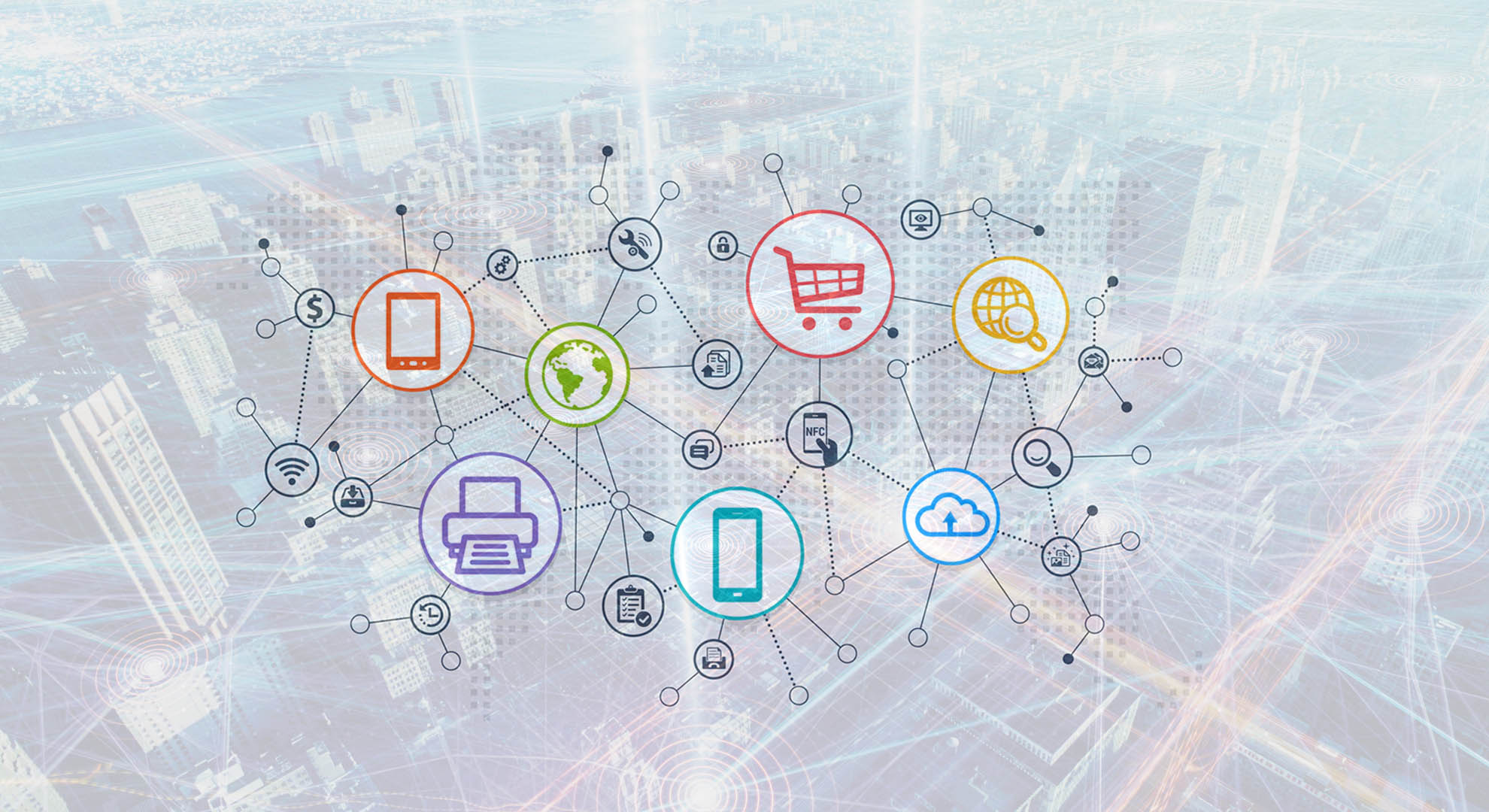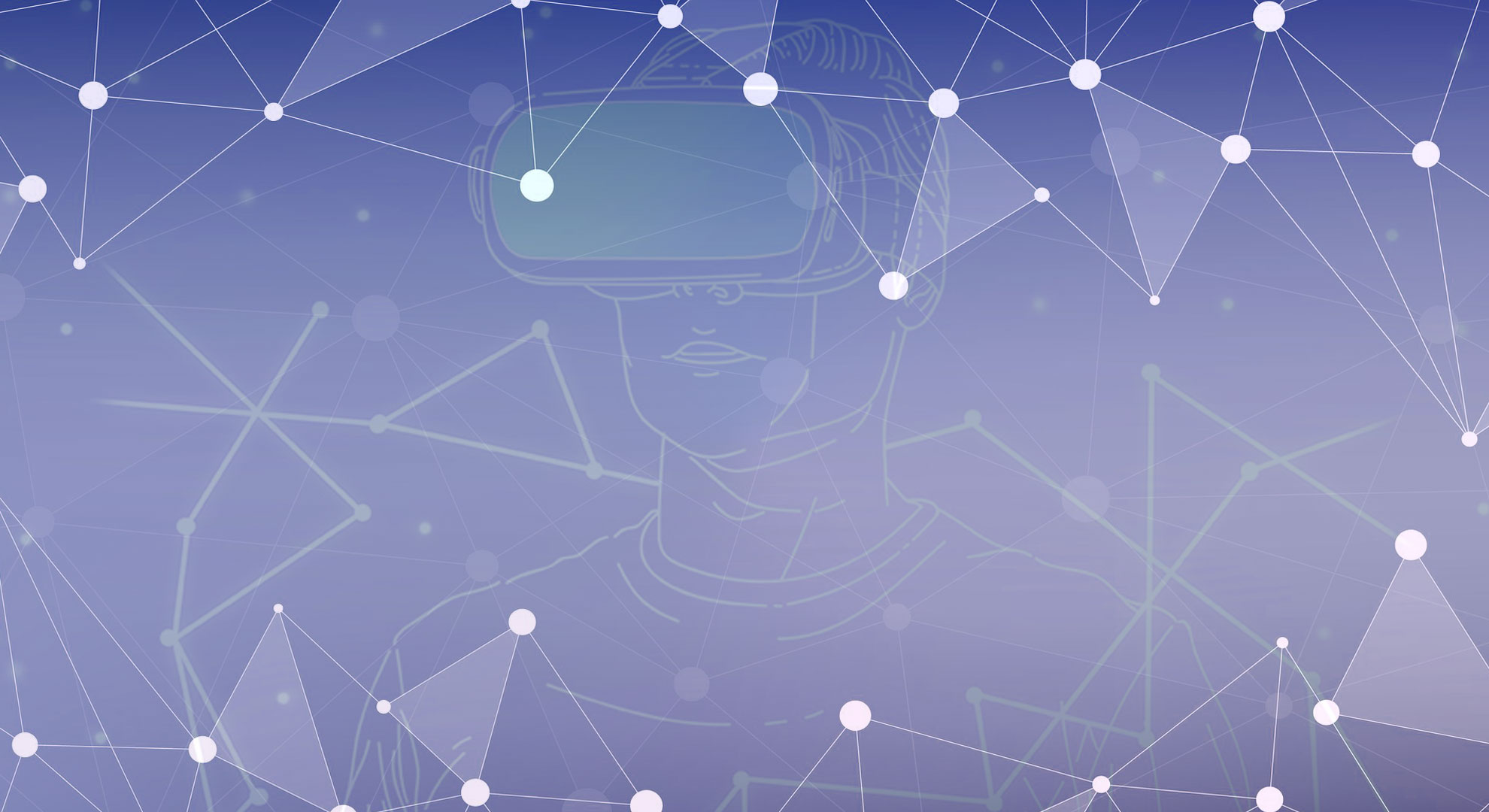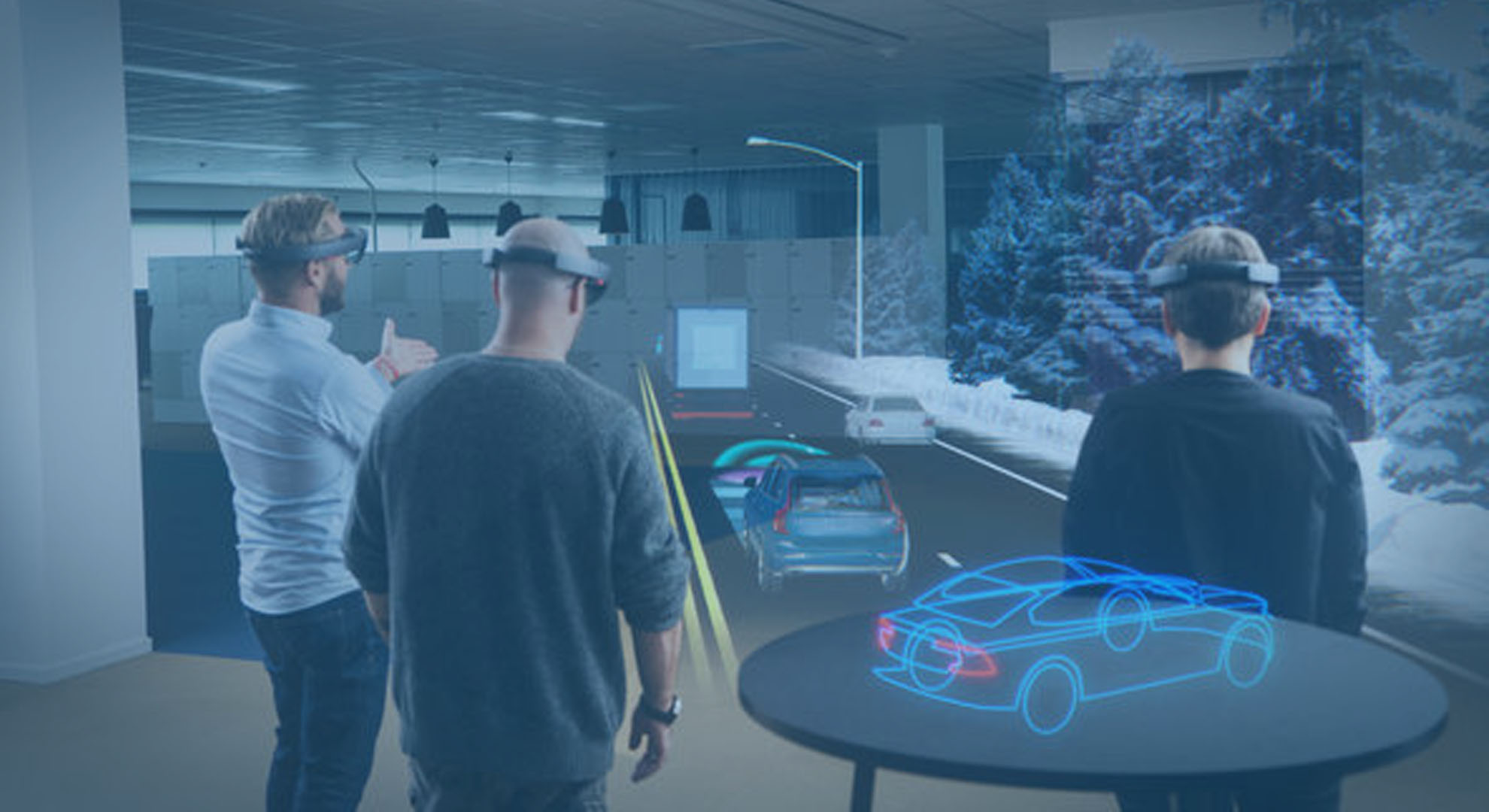Let’s imagine that you are searching online, and you click on a product that appeals you the most, for example, a car. The product description displays and you have the ability to layer augmented and virtual reality over your present surroundings. Currently, using your phone can give a feeling for what it would like to be behind the wheel of that car. This will enable you to look around, view the front window, the consoles and the insides, without getting up from your couch.
Artificial or augmented reality (AR) is providing marketers the chance to exhibit services and product in actual time. In addition, consumers are now attaining the opportunity to experience a product first-hand, without pushy salespeople, hot fitting rooms and the hassle of driving there.
AR in Marketing & Advertising in 2018
Majority of us have witnessed AR in action without even understanding it. If you have ever seen a tennis match or a professional football match, then you have seen AR being operationalized. That yellow line football that displays the distance between the football and the first-down mark? AR
Even though there are advancements occurring in AR on our daily basis, the example of AR can be dated back to 1968 to help with computer-rendered illustrations. Although it was primarily utilized for more technology-oriented products, in 2008 a German advertising agency used AR to market the BMW Mini. This was done by linking a virtual model to a physical print ad. You could witness various angels and views of the digital car just by moving the print ad.
The most recent example of AR in marketing is advertising agency Lemon&Orange. It recently created AR experiences for the brand Timberland. The agency permitted shoppers to come in virtual fitting rooms to try on Timberland’s experience and product what the products would look like on them in actual life.
Home Depot is another famous example of the company making use of AR to assist its bottom line. It has an app that allows you to view paint colors, and how they would look in your home lighting via their app. You probably have not noticed but companies have been utilizing AR to market to you this complete time.
Let’s not forget Snapchat, you have used AR if you have used it. While taking a picture using the app, you can apply any filter to it. This will enable you to transform yourself into a bear, dog or adding geotags to your post.
What is The Future of AR in Advertising?
Businesses who have entered into the new technology and exposure that AR has provided have witnessed important successes in their areas.
According to Statista, there are nearly 200 million AR users globally. It is no surprise why early adopters have witnessed so much success and excitement in marketing their products utilizing AR.
Although there are some causes AR has been so successful in terms of the ways companies are marketing to us, the most significant reasons are:
- It assists us, the customer develops an emotional connection with the product, service or brand.
- We are more perspective to become engrossed in AR, instead of expensive print advertising that translates to money-saving for the company.
- Being able to try products virtually has increased sales for companies who utilize AR.
- AR utilizes machine learning to enhance local marketing strategies.
The future of marketing and advertising is in companies’ capabilities to flawlessly assimilate an AR experience with your actual life.
Companies who provide trips to beach resorts will quickly start to market to us consumers by offering a try-before-you-buy choice. You can attain a 360-view of a hotel and learn what it has to give, what your rooms look is and what facilities they provide. This can be done just by your smartphone.
A few companies are taking along the future to us now. When shopping online for products via retailers such as Wayfair, you can utilize your smart device to witness how the furniture you are looking for would appear presently, in your home. You will be able to purchase the product if you like it from their app in an assimilated experience.
You can scan a QR code and take it to a website in which you could virtually experience a rental car, local beach or even what the food looks like when walking through an airport.




